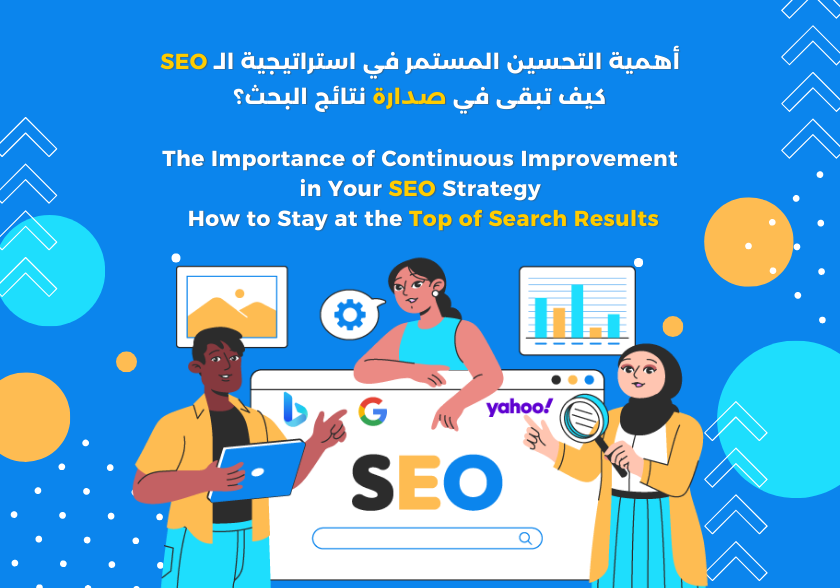- Iraq,Erbil / Istanbul,Türkiye
- info@socigate.com

In today’s fast-paced digital world, staying on the first page of search engine results is no small feat. It’s not enough to implement an SEO strategy once and expect lasting results. Success lies in continuous improvement and adaptation to ever-changing trends.
This article explores why your SEO strategy must remain dynamic and up-to-date, and how this approach can help you reach your target audience and maintain a competitive edge.
Search engines like Google frequently update their algorithms to provide a better user experience. Core updates, such as the ones Google releases, can significantly impact your website’s ranking.
What can you do?
The needs and behaviors of users change over time. What captured their attention last year might not work today. To stay relevant, you need to understand what your audience is searching for right now.
Tips:
While high-quality content remains the cornerstone of any successful SEO strategy, even the best content can lose its appeal over time.
How to keep it fresh:
Even if you have exceptional content, users will leave your site if their browsing experience is poor. Factors like slow load times, difficult navigation, and non-responsive designs can hurt your rankings.
Actionable steps:
Quality backlinks from credible websites remain a crucial factor in SEO rankings. However, quality always trumps quantity. Links from unreliable sources can do more harm than good.
Best practices:
If your business targets a specific geographical area, optimizing for local SEO is essential. Including your city or region in your keywords can help you attract a more relevant audience.
Quick tips:
You can’t improve what you don’t measure. Tracking your site’s performance helps you identify weaknesses and fix them before they hurt your rankings.
Recommended tools:
Conclusion: Continuous Improvement Is Key
In the competitive world of SEO, standing still is not an option. A commitment to continuous improvement will ensure your website remains at the top of search results, attracts new visitors, and builds long-term trust with your audience.
Start now. Make your SEO strategy a living, evolving process, and watch your online presence soar! 🌟